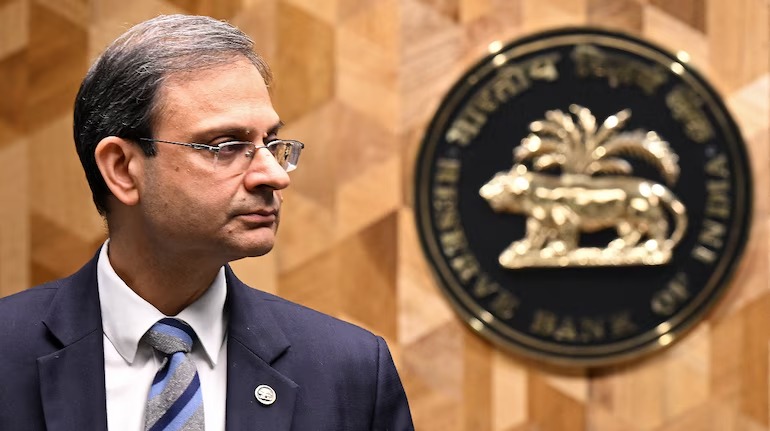UBS highlights three major factors that could prompt the Reserve Bank of India (RBI) to deliver an additional 50 basis points (bps) rate cut this year: sustained inflation moderation, global economic uncertainties impacting growth, and the need to bolster domestic credit expansion.
As India’s economy continues navigating a complex landscape of stable inflation, robust growth, and global uncertainties, market watchers are closely monitoring the Reserve Bank of India’s (RBI) monetary policy path. UBS, a global financial powerhouse, has outlined three important triggers that may prompt the RBI to ease rates by another 50 bps before the end of 2025.
1. Sustained Inflation Weakness
Consumer Price Index (CPI) inflation has softened substantially in recent months, hovering near or below RBI’s mid-term target range. This benign inflationary trend provides the central bank with room to reduce policy rates without the risk of stoking overheating or currency pressures. UBS emphasizes that stable or declining inflation would be a key catalyst enabling an easing move.
2. Global Economic Headwinds Impacting Growth
Persistent challenges including U.S.-China trade tensions, escalating tariff uncertainties, and higher global borrowing costs have clouded the global growth outlook. RBI’s governor has cautioned that these global risks could weigh on India’s external demand and economic expansion in the latter half of FY26. A visible slowdown could motivate the RBI to support growth via monetary accommodation.
3. Need to Spur Domestic Credit and Investment
Despite previous reductions totaling 100 bps in 2025, private sector credit growth remains subdued. Financial conditions, while steady, have tightened post August 2025’s neutral stance announcement. UBS points out that reviving private investment and credit uptake is central to sustaining India’s medium-term growth and could prompt an "insurance" rate cut to stimulate demand.
Other Contextual Factors
-
The RBI’s October 1, 2025, MPC meeting was widely expected to hold policy rates at 5.50% due to data uncertainties.
-
Some economists forecast a 25 bps cut this September or December, with cumulative easing of 50 bps possible by early 2026.
-
RBI’s stance balances growth facilitation with inflation targeting amid rising global macro risks.
Key Takeaways
-
RBI has room for further rate cuts but is cautious about timing and impact.
-
Inflation trends, global trade tensions, and credit growth spur UBS' optimism for easing.
-
Private investment momentum remains focus of RBI’s policy calibration.
-
Market expects RBI to remain data-driven with possible “insurance” cuts if growth falters.
This analysis reflects the delicate balancing act RBI faces as it steers India’s economy through global uncertainties, inflation stability, and growth-supportive policies.
Sources: Reuters; Economic Times; Financial Express; UBS Research Reports.

